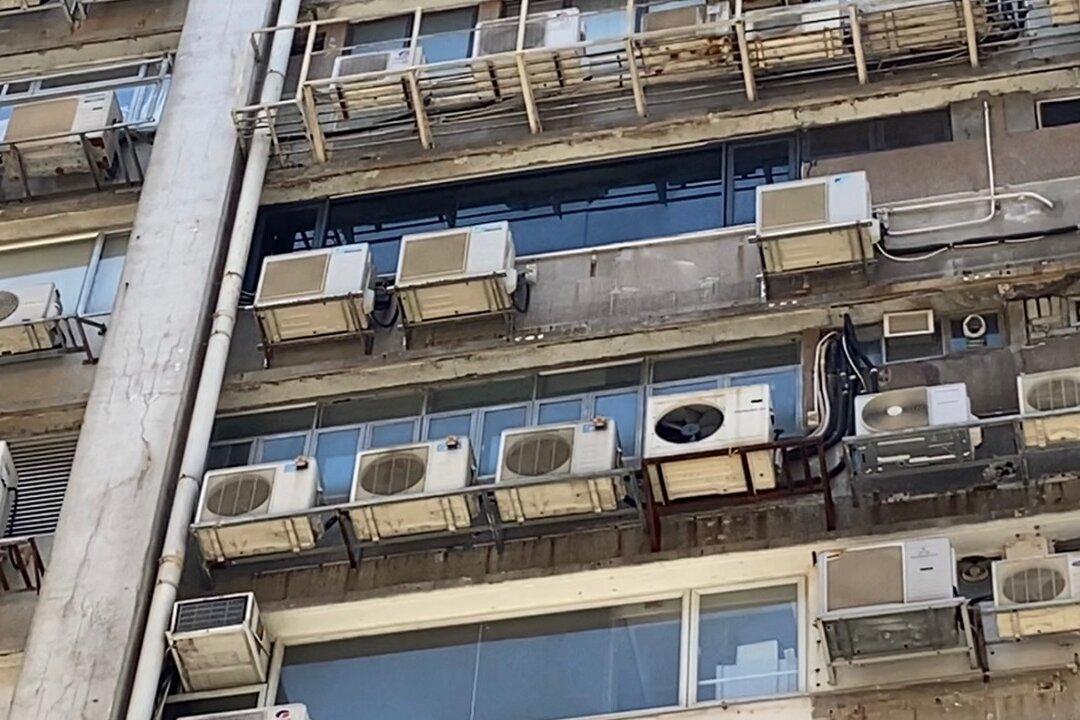Land in Hong Kong is an extremely scarce and precious commodity. With also a high demand for housing, it has always been in short supply. The Hong Kong Society for Community Organisations (SoCO) estimates that there are more than 220,000 people living in all sorts of “cage homes,” “cubicle apartments,” “partitioned flats,” and the like.
However, that figure has not covered factory buildings and other non-residential units that are converted illegally for residential purposes. While there are no exact figures on the latter, it puts its estimate at around 12,000 as those staying in these “unliveable” units in industrial buildings in Hong Kong.




